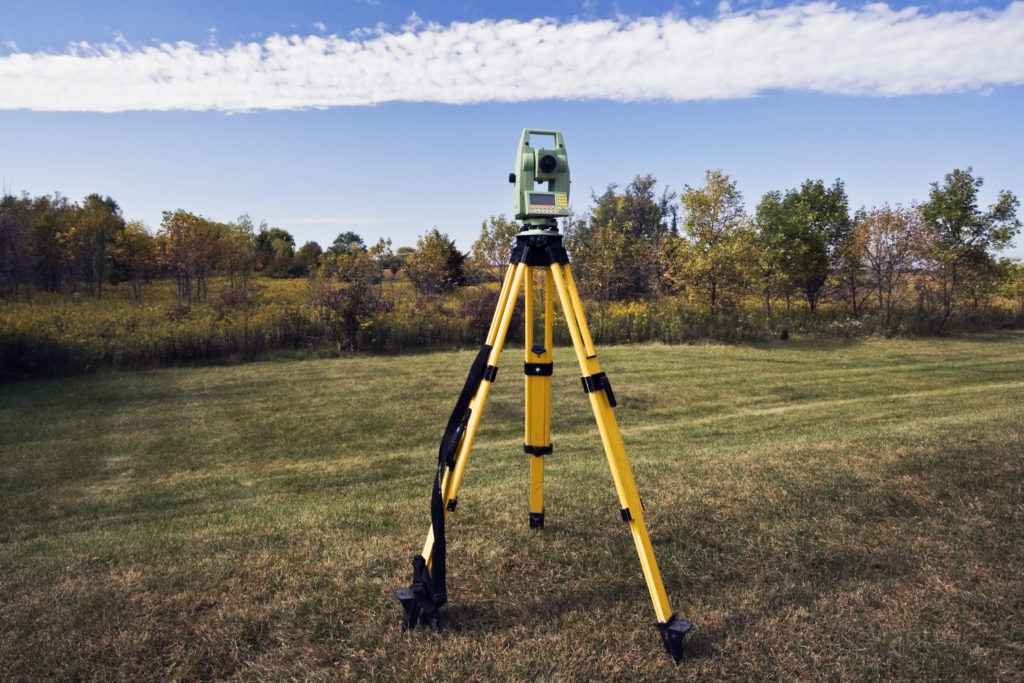Introduction
Our changing environment has many implications for individuals, businesses, and communities. Environmental surveying is a process of collecting and analyzing data to help identify potential risks and assess their impacts. Collecting accurate environmental data is essential for making informed decisions about our future. But what steps need to be taken in order to ensure effective environmental surveying? In this blog post, we will discuss the process of environmental surveying and examine the various steps involved in successful environmental data collection. From choosing the right sampling sites to using appropriate sampling techniques, we’ll walk you through the basics of effective environmental surveying.
The Importance of Environmental Surveying
Environmental surveying is important for a number of reasons. First, it can provide information about the environmental conditions of an area that can be used to make decisions about land use, development, and other activities. Second, it can help identify and characterize environmental problems so that they can be addressed. Finally, environmental surveying can be used to monitor changes in the environment over time and to assess the effectiveness of environmental management activities.
Environmental surveys can also be used to assess the potential environmental impacts of new developments or activities, as well as to monitor compliance with environmental regulations. Environmental surveying is also essential for environmental planning and management, since it helps to identify the physical, chemical, and biological features of an area that need to be taken into account in order to make informed decisions about land use and other activities.
In short, environmental surveying is an important tool for understanding the environment and making decisions that will ensure its sustainability. Environmental surveying is an essential tool for environmental management. It provides information that can be used to make decisions about land use, development and other activities. By obtaining detailed data on the environment, planners and decision-makers can make informed choices about how to manage resources in a sustainable way. Additionally, environmental surveys can provide evidence of areas of degradation and pollution that need to be addressed. Furthermore, they can help inform decision-makers on the best ways to protect, restore and enhance the environment.
Steps for Effective Environmental Surveying
There are a number of steps that need to be taken in order to carry out effective environmental surveying. Firstly, it is important to have a clear and concise objective for the survey. Secondly, the survey area must be clearly defined. Thirdly, appropriate sampling methodologies need to be selected in order to obtain accurate data. Fourthly, data needs to be collected from a variety of sources in order to get a comprehensive picture. Finally, the data needs to be analysed and interpreted in order to draw conclusions about the state of the environment.
- Define the objectives of the survey
- Define the survey area
- Select appropriate sampling methodologies
- Collect data from a variety of sources
- Analyse and interpret the data
- Draw conclusions about the state of the environment
Conclusion
With the right preparation, environmental surveying can be effective and efficient. It is important to develop a good understanding of local regulations, identify relevant stakeholders, and create a realistic timeline before embarking on any environmental survey project. Additionally, it is important to use reliable sampling techniques, adhere to safety standards, and accurately document results. By following these steps for effective environmental surveying you are sure to get the most out of your project.




